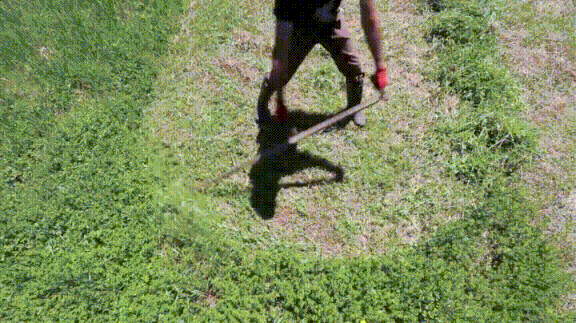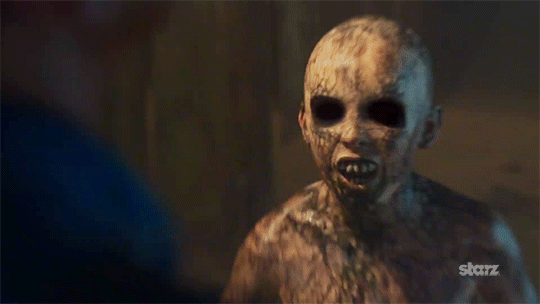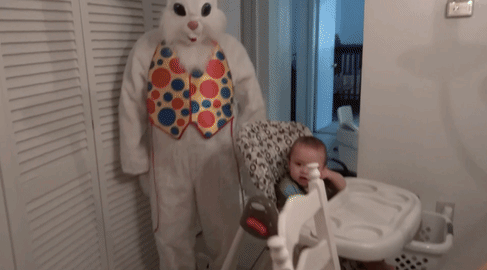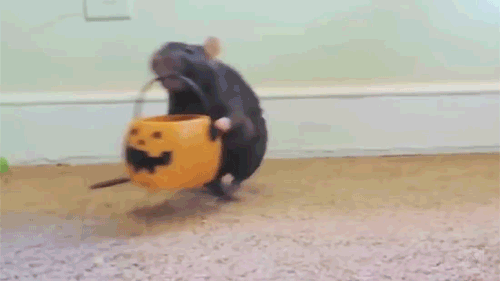It’s probably easy to guess the favorite holiday of anyone who spends their time jaunting here around the site — and that fact is no different for many of the fey folk who cross the Irish plains and hold a cozy place in the Unseelie Courts.
It’s said that Halloween first originated under name title of Samhain, from the Celtic settlements in ancient Ireland. Originally as a sign of the closing season, the Celts used it as the day to harvest their crops to prepare and store for the oncoming winter, as well as a night for chosen livestock to be slaughtered and stored away for the same.

According to Irish Genealogy:
Samhain had three distinct elements.
Firstly, it was an important fire festival, celebrated over the evening of 31 October and throughout the following day.
The flames of old fires had to be extinguished and ceremonially re-lit by druids.
It was also a festival not unlike the modern New Year’s Day in that it carried the notion of casting out the old and moving into the new.
More than just a symbol of the harvest, though, Samhain was also known as the night the dead would return to their former homes for a visit to the living — but not just the spirits of family and friends. Samhain opened the doors to other creatures allowed to roam the moors, including a few fey folk whom any person would be unlucky to cross paths with.
Puca Fairies
It’s no wonder Halloween has a reputation for danger, mystery, bad luck, and an overall sense of anxiety. Pucas (also spelled pooka or púca), might have partial blame in this, being mean little faeries who are capable of taking any form, animal or human — which, honestly, sounds a little too familiar to something else we’ve talked about before.

Thomas Croker, author of many 19th century books surrounding Ireland and her folklore, once recalled being told by a boy in the mountains near Killarney:
… old people used to say that the [pucas] were very numerous in the times long ago. They were wicked-minded, black-looking, bad things, that would come in the form of wild colts, with chains hanging about them. They did great hurt to benighted travellers.
Quoted from Thomas Keightley’s The Fairy Mythology Illustrative of the Romance and Superstition of Various Countries, he goes on to say,
When the blackberries begin to decay, and the seeds to appear, the children are told not to eat them any longer, as the [Puca] has dirtied on them.
It’s also interesting to note that Puck, the narrator from Shakespeare’s A Midsummer Night’s Dream, is thought to be inspire by the mischievous Puca fairies, which makes sense when comparing the names of the two.
Ireland of the Welcomes describes the Puca similarly, saying:
Often thought of as an animal spirit, some accounts believe it gets its name from Poc, meaning he-goat in Irish. In fact Pooka is a changeling, and can take animal or human form; like a horse, donkey, cat, dog, bull, young man or even a voluptuous young woman. The animal Pooka is usually jet black with fiery golden or red eyes. Some associate it with devil!
Thought to thrive in the mountains, November is considered the “month of the Puca,” which makes sense, since they first arrive in the land of the living on October 31st. It’s said many children would wander off with pucas, only to disappear and never be found again, similar to the Pied Piper of Hamelin. It’s also thought the puca inspired the modern Boogeyman, as well as the Easter Bunny, which shares its pagan heritage.

Should you come across one of these small creatures while out trick or treating, what are you supposed to do? According to Old Moore’s Almanac:
If a person meets a púca on their travels, the púca will try to entice the human onto its back. If this happens to you, you should accept. The human will get one ride wild. However the agreement of accepting a ride comes with the clause that the púca will not harm the human on this wild ride. It is said that Brian Boru, a High King of ancient Ireland, successfully rode a púca. He managed to do this by making a bridle which incorporated some of the púca’s tail hair. This confused the púca and tamed it somewhat.
Despite the puca’s mischief and tendency for trouble, many believing people still show deference to these faeries on Halloween night, usually by sprinkling a little bit of grain in their gardens — if the puca discovers it, and is pleased by the offering, the garden should overflow with ripe fruits come springtime. If grains alone offer that kind of promise, I wonder what other homemade Halloween treats could bring?

Kelsey graduated from Boise State University with a BA in Visual Arts, and is currently working as a freelance writer, while doodling anime on the side with one hand and petting cats with the other.
